May 20, 2025 | 13:43 GMT +7
May 20, 2025 | 13:43 GMT +7
Hotline: 0913.378.918
May 20, 2025 | 13:43 GMT +7
Hotline: 0913.378.918
In December 2021, after 5 years of construction, the 1,035 km-long Laos-China high-speed railway system from Vientiane the capital of Laos to Kunming - the capital of Yunnan province (China) was officially put into operation with 414 km in the territory of Laos. From being a landlocked country located deep in the continent, the transportation of goods is difficult due to expensive costs, now Laos has become an important link connecting transportation, shortening the time and cost of goods transportation. It can be said that Laos has been in the process of a breakthrough in traffic.
The geographical location of Laos is one of the convenient points to bring goods to China. The population of Laos is sparse, but on the contrary, Laos has a huge resource of native agro-products. Laos’ domestic consumption rate is low.
This comes as an opportunity for Vietnam to buy products in Laos and sell them to other countries. The advantage lies in the geographical position between the two countries. The length of the contiguous border is vast, thus means a very good opportunity as Vietnamese businesses can buy Lao goods from the border provinces and bring them back to Vietnam for processing and export.
In the past, Vietnamese agro-products did not go through Laos to China because the road through the Lao border was full of difficulties. It was the same for Thai goods to China as they rarely went through Laos. But it’s different now. It only takes about 7 hours for freight if taking the high-speed railway from Vientiane to Kunming, Yunnan province. Going up to the Boten border gate would only take about 4 hours for the passenger train. This is extremely efficient in terms of saving time and costs.
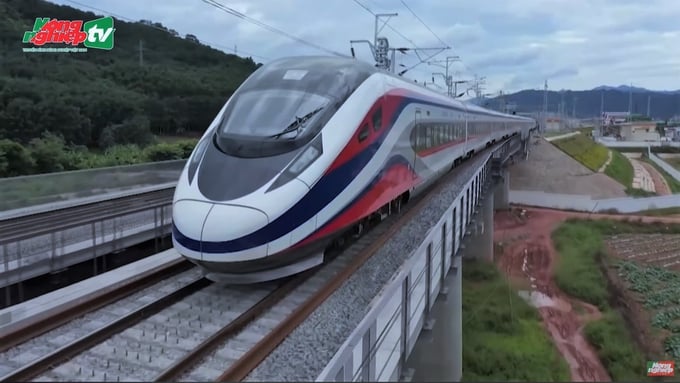
Laos has the potential to become a logistics center between China and ASEAN countries, especially the three Indochinese countries.
According to Nguyen Thi Thanh Thuc, Chairwoman of the Board of Directors of AutoAgri Software Technology JSC, the railway only exploits about 30% of its transport capacity at the moment. And in many areas such as the center of the railway stations, the border gate or the center of the capital Vientiane, the Lao government itself has formed clear planning for cities, logistics, and the center of duty-free zones. AutoAgri is also researching and consulting for a number of logistics projects in Laos, which we see very potential.
“However, in the recent period, the first is due to the fact that China has not yet opened due to Covid, and the second is world financial fluctuations, investors who planned to enter Laos two years ago are slowing down. I think this is a great opportunity for Vietnamese businesses because the component projects in the logistics chain and tourism projects in Laos are abundant and very specific.
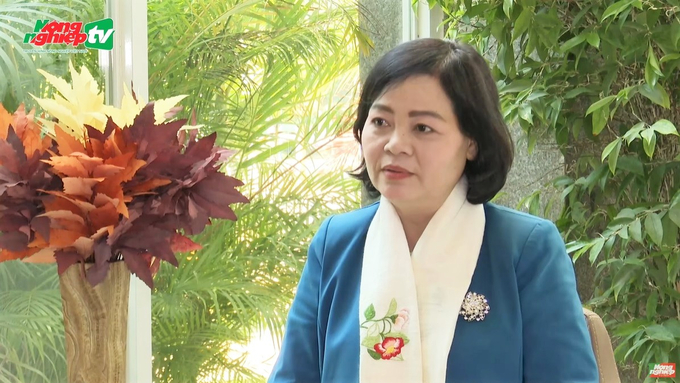
Nguyen Thi Thanh Thuc, Chairwoman of the Board of Directors of AutoAgri Software Technology JSC emphasizes timing when it comes to opportunities in Laos.
“But if we do not take advantage of this moment, if China reopens and the world's finances become more stable and overcome this crisis, it is likely that there will not be many opportunities for Vietnamese businesses. The reason is that although we are close and the friendship between our two countries has a long and important history, our finances may not be as strong as other countries. That's one thing we have to consider. Vietnamese businesses should soon pay attention if they want to find opportunities in Laos,” said Nguyen Thi Thanh Thuc.
When it comes to logistics, so far businesses have commonly thought of it in terms of transpoting goods, but the AutoAgri chairwoman think that logistics, ie transportation in the field of tourism, is also a huge opportunity. If Vietnam has centers in Laos to catch up with such tourism trends, Vietnamese businesses will be able to see a great chance in development and bond between the two countries. And especially, if the road or high-speed railway connects Vientiane with Central Vietnam, this would create a breakthrough.
At present, if the railway from Laos to China is as it is, enterprises from Vietnam may have an opportunity to participate in exploiting that transport system. They can participate in bidding with Lao enterprises, or become their first-class agent. It would also be a huge opportunity because if going by road, a freight car from Vientiane to the Chinese border gate can cost up to VND 150 million, but if going by rail, the cost is possibly equal to only 3% of that amount.
Translated by Samuel Pham

(VAN) In 2024, over 295 million people across 53 countries and territories faced acute hunger—an increase of almost 14 million people compared to 2023, while the number of people facing catastrophic levels of hunger reached a record high.

(VAN) World Environment Day 2025 (June 5) carries the theme 'Beat Plastic Pollution' continuing to emphasize the global urgency of addressing the plastic waste crisis.

(VAN) This was the assessment shared by experts at the workshop titled 'Assessing the Role and Potential of Low-Emission Rice Production Systems in Vietnam,' held on the morning of May 19.

(VAN) Cai Rong Port is the fisheries control center of Quang Ninh, helping to monitor fishing vessels, combat IUU fishing, and remove the EC's 'yellow card'.
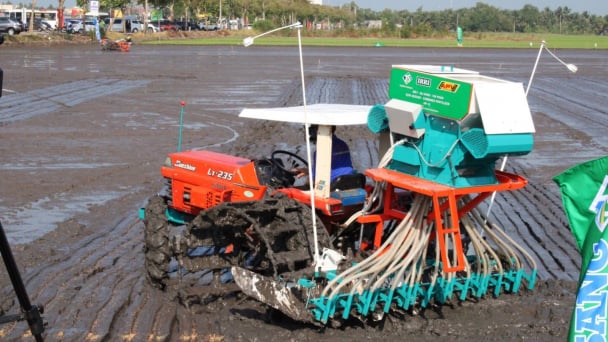
(VAN) The German Agricultural Society (DLG) explores the possibility of establishing a mechanization service center in Vietnam’s Mekong Delta to support farmers in accessing and utilizing advanced machinery.
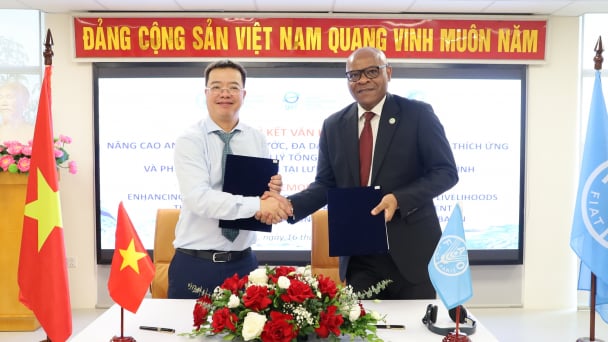
(VAN) On May 16, the Department of Water Resources Management, in collaboration with the Food and Agriculture Organization of the United Nations (FAO), held a signing ceremony for the GEF-8 project document.
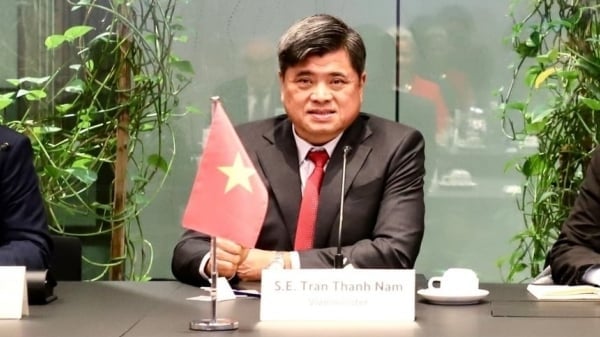
(VAN) Food safety, mechanization, vocational training, and market opening are key areas of cooperation expected between the Vietnamese Government and the Federal Republic of Germany.